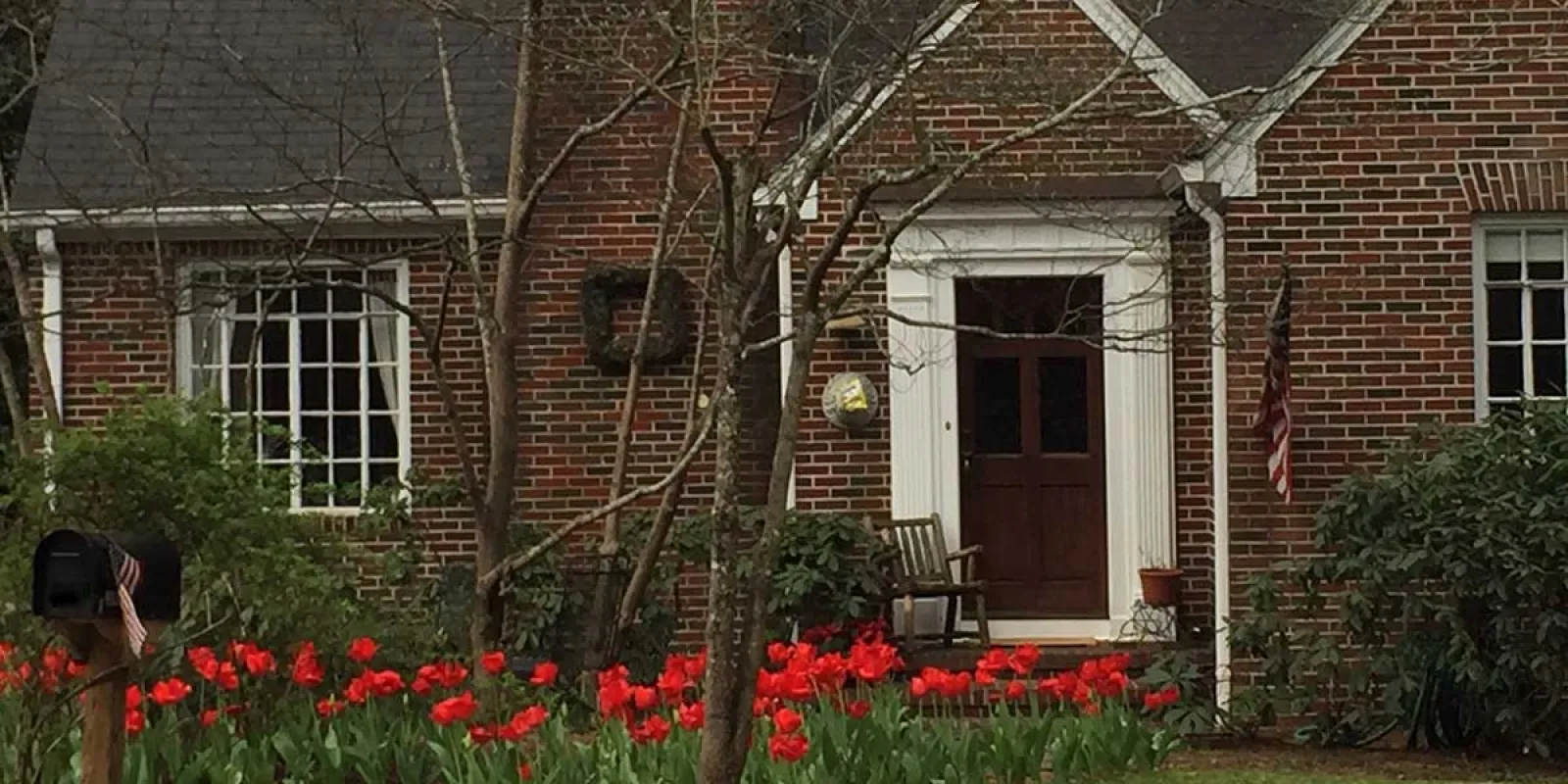Ahhh, the signs of spring—flowers blooming, new growth, kids playing outside and termites swarming. Wait, what? Yes, that's right, termites. While these insects do damage year-round, you'll be most aware of them during the spring swarms. What does it mean to homeowners?
Termite infestations cause billions of dollars in damage each year, primarily to residences. They are found in every state, and if you are in the southeast in places like Charleston or Savannah, you probably know that Formosan termites are now prevalent and especially destructive. Even brick and concrete slab construction homes are susceptible to these home invaders.
Termites are known for their insatiable appetite. The worker termite is active 365 days per year. They constantly forage for food to feed the rest of the colony - queen, soldiers, reproductive and young - and can enter unseen and cause damage throughout your home. In fact, they can invade your home through a crack that is only 1/32 of an inch. It can be difficult to detect an infestation, and a termite swarm may be an early warning sign of activity. Termite swarms have been known to be so large as to obstruct outdoor lighting and cause sporting event game delays. That's a lot of insects. Colonies can range anywhere from a few hundred to a couple million depending on the age of the colony and the species.
Why do termites swarm?
In the early part of spring as ground temperatures rise, termites begin to swarm in search of locations to build a new colony. The reproductives or "swarmers" are small black, flying insects that may look like ants with wings at first glance. These termites do not chew wood and will not damage your home. There are a few ways to distinguish a termite swarmer from an ant swarmer. A termite has a broad waist with similar width across its body, whereas an ant has a noticeably pinched waist. Both have two pairs of wings, but the termite's wings are equal in length while the ant's wings are different lengths. Finally, under magnification you will see that a termite's antennae are straight while an ant has elbowed antennae.
What should I do if I see swarming termites?
Don't panic. Remember, the only goal of swarming termites is to find a place to start a new colony. Try to determine their origin. Seeing termites in or around an old stump or from a neighboring property is nothing to fear. However, if the swarm seems to originate within 10 feet of your house, it's a good idea to contact your pest control or termite warranty provider. Cingo customers can relax knowing that our success rate at preventing termite infestations with the Sentricon system is over 98% and includes a complete repair and retreat warranty as well. This video explains how Sentricon works:
Affordable termite protection for homeowners
If you suspect you have termites or want to be sure you don't, contact a local pest control service provider. Termite protection in coastal Georgia and South Carolina is more affordable than you think, and with Cingo, there is no need to juggle multiple pest control companies or technicians.
About Cingo: The name Cingo means to surround and secure, conveying the company's commitment to home protection. The company has been protecting families in the Southeast since 1974. It provides home protection services throughout Georgia and South Carolina, including Atlanta, Augusta, Charleston, Douglas, Dublin, Milledgeville, Savannah, Vidalia, Waycross and all points in between. Cingo was named a Best Place to Work in Georgia by Georgia Trend Magazine and listed as a National Best & Brightest Company to Work For. Learn more at www.cingohome.com.

